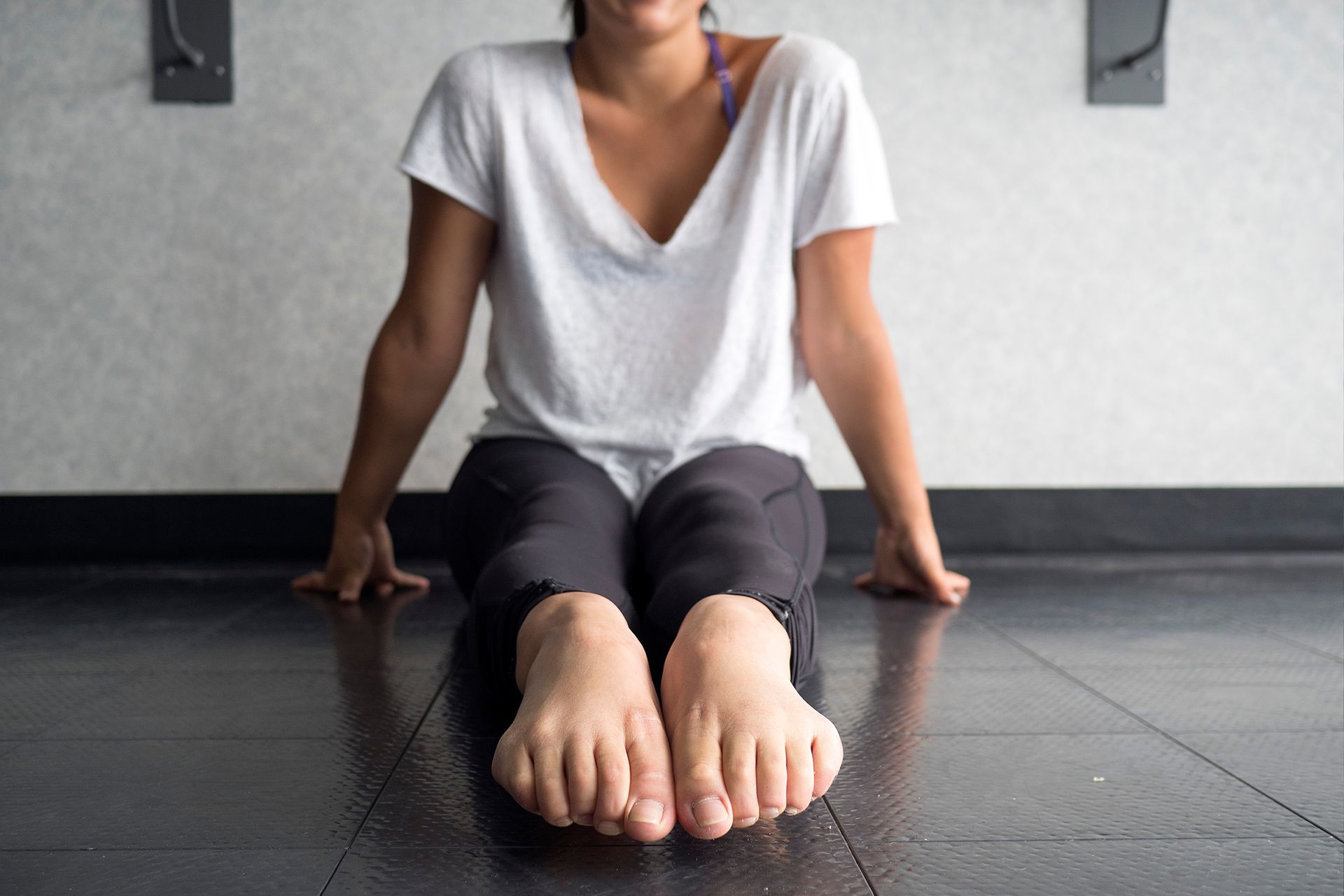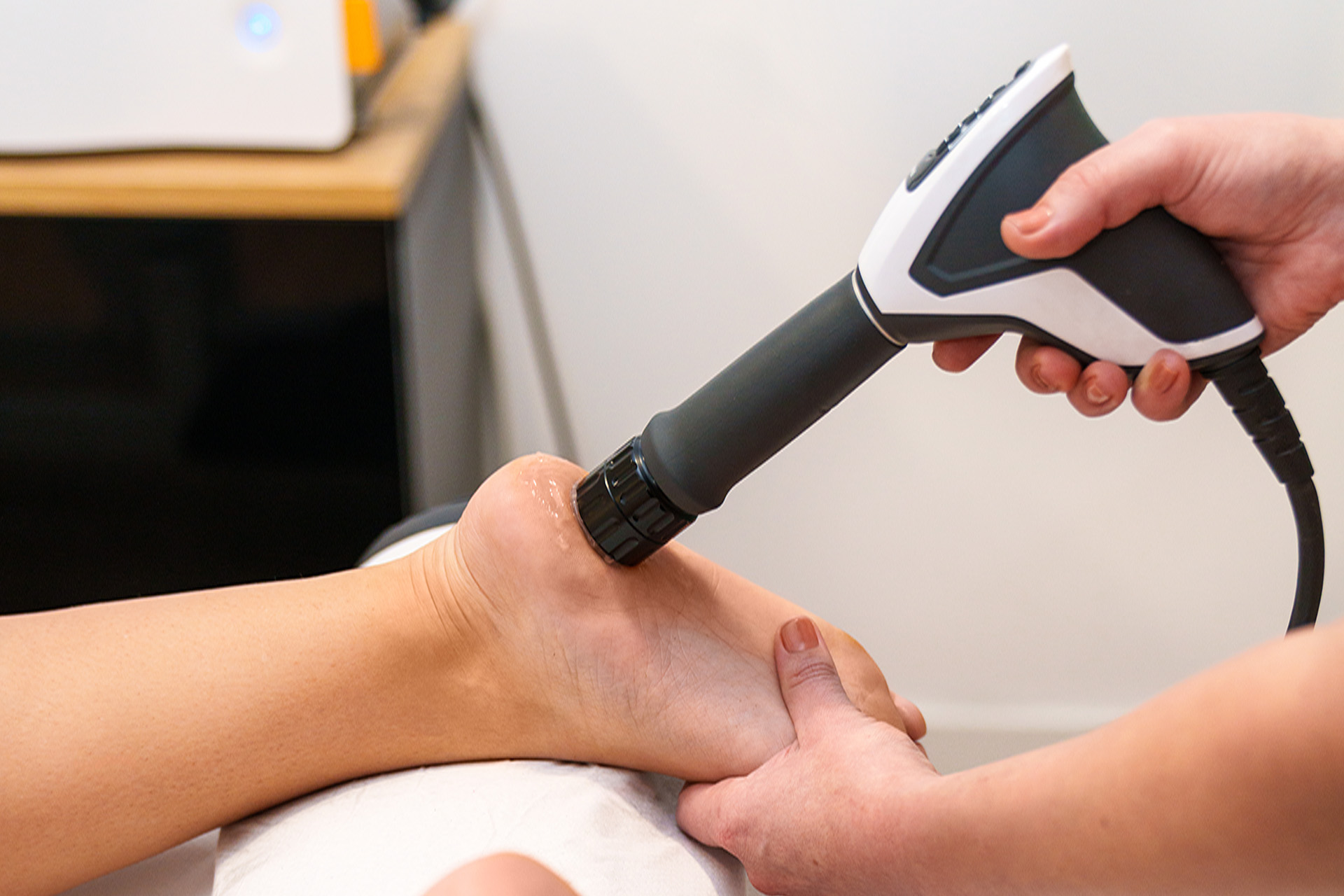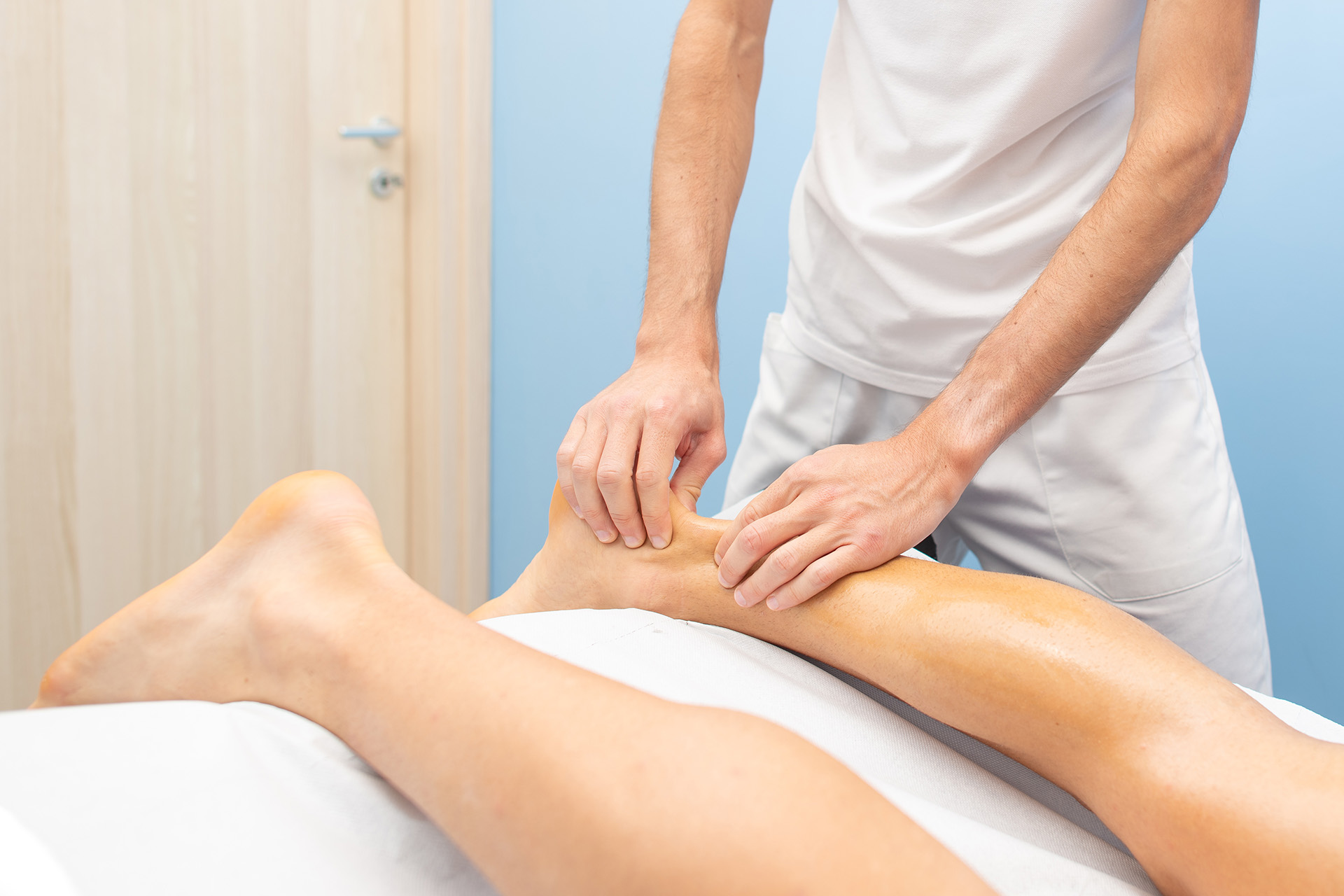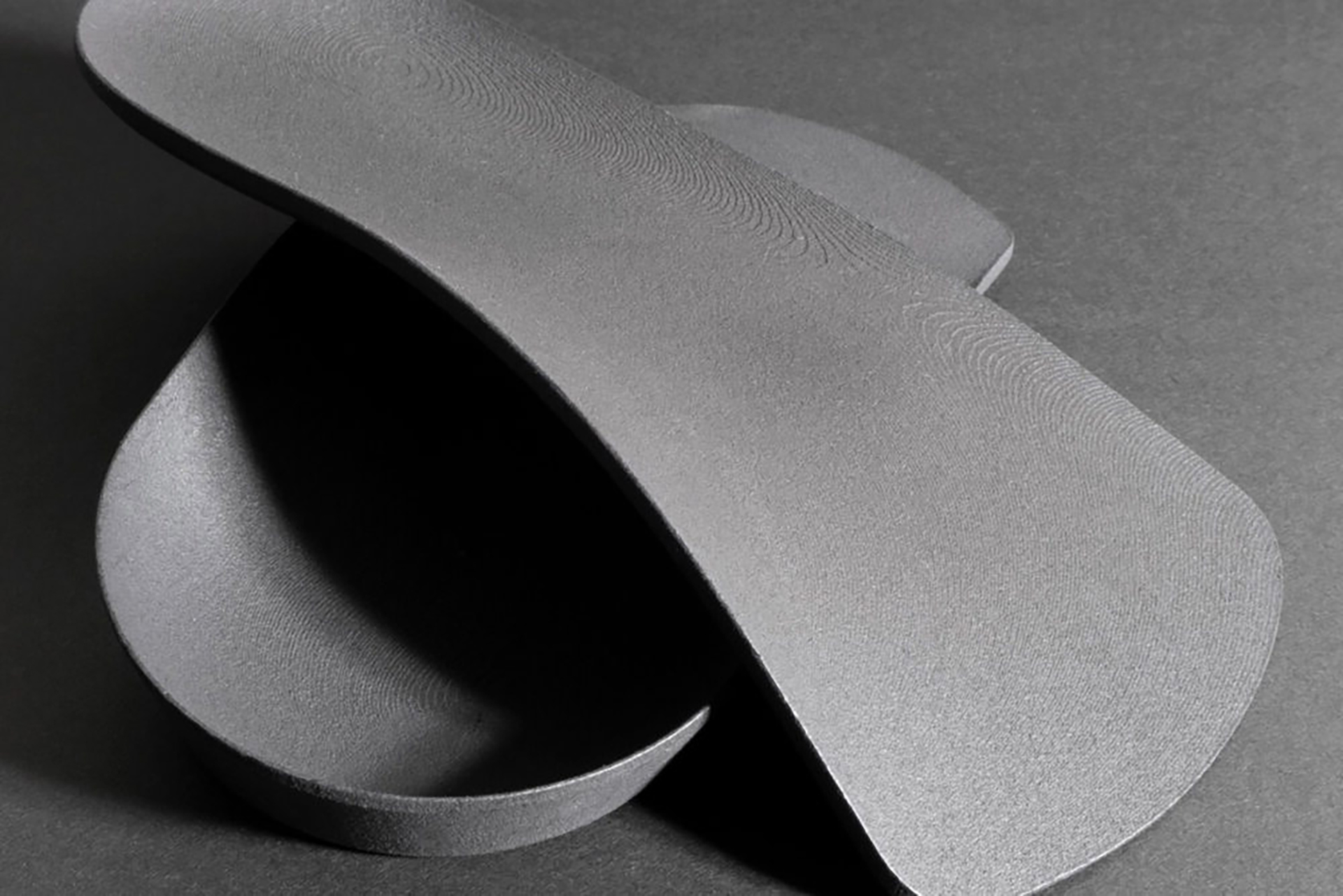Here are some exercises you can do at home to prevent and rehabilitate foot and ankle injuries. Just be mindful: if you’re already injured, do not overexert yourself if the pain becomes too much. And it’s important to speak with a podiatrist or healthcare provider before attempting any exercises, especially if you have already suffered a lower limb, foot or ankle injury.
Range-of-Motion Exercises
A key component of the ankle’s functionality is flexibility. If your ankle is rigid and stiff, the slightest misstep can overextend the ankle’s inversion and eversion range of motion. You can prevent ankle sprains by doing simple exercises each day while at your desk or while watching TV, giving you no excuse to not try them out!
- While lifting your foot, trace the alphabet with your toes. This allows your foot to go through a range of motions across varying directions. Do this 1 to 3 times to build plantar flexion strength.
- Place your feet flat on the floor while seated. Slowly bring your knees left and right while the soles of your feet remain pressed flat on the floor. Continue doing this for 2 to 3 minutes.
Stretching Exercises
With these exercises, stretch your Achilles tendon to build flexibility and strength in your foot. The Achilles tendon connects your calf muscles to your heel, making it a vital component of building stability and balance.
- Towel stretch: Sit with your legs out in front of you. Roll up a towel and place it under the ball of one foot and hold the towel at both ends. Then gently pull the towel towards your chest, while keeping the leg and knee straight. In essence, you are lightly pulling the top of your foot towards you, feeling the stretch in your calves. Pull and hold this position for 15 to 30 seconds and repeat 2 to 4 times. Again, don’t overexert yourself and give yourself a new injury while trying to alleviate another.
- Calf stretch: Face a wall and place your hands against it at around eye level. Put one leg in front of the other, and keep your back heel on the ground. Lean forward, bending your front knee until you start to feel the stretch in your back calf. Hold the stretch for 15 to 30 seconds and repeat 2 to 4 times. You can build on this exercise by either stepping further away from the wall, deepening the stretch, or bending your back knee slightly, reaching a different part of your calf muscle.
Strengthening Exercises
Ankle mobility is only one part of your ankle’s functionality, especially as we age. You need ankle strength within an inversion and eversion range of motion to ensure stability. These exercises will increase ankle strength and require no equipment other than a chair and a wall.
- Ankle eversion exercise: Place your foot flat on the ground, perpendicular to an immovable object like a wall. Then push outwards against that object with your foot. Hold for about six seconds and then relax. Repeat 8 to 12 times.
- Isometric opposition exercises: Sit down and place your feet together on the floor. While flat, push one foot against the other. This will build your inversion strength. Hold for six seconds then relax. Repeat 8 to 12 times. Next, keep one foot on the floor and place the other foot’s heel on the top of that foot. Then, push down with your top foot and try to lift your other foot while keeping that heel on the ground. This builds strength in the last axis of motion for your foot, moving your foot upwards. Hold for about six seconds then relax, and repeat for 8 to 12 times.
Balance and Control Exercises
Like many of the other foot and ankle stability exercises in this list, you can do these while watching TV, making them an easy way to improve your stability.
- Stand on one foot while your arms are out at your sides, keeping your eyes open. You can stand in a doorframe and use your hands to steady yourself if you find this too difficult. Work towards doing this for 60 second straight, before proceeding to the second exercise below.
- Stand on that same foot and hold your arms across your chest, keeping your eyes open. This will make balancing harder as your arms cannot steady you. When you can do this exercise for 60 seconds, proceed to the next exercise.
- Do the first exercise again, but this time with your eyes closed. You can use the doorframe if you need to. When you can do this for 60 seconds, proceed to last exercise.
- This exercise is the same as in the second exercise, but this time with your eyes closed. Balance for as long as you can, working towards 60 seconds.
These range-of-motion, stretching, strengthening or balance control exercises can be both preventive or rehabilitative. Just be careful to not exacerbate your injuries further by overextending beyond a more than comfortable pain threshold.
Though these exercises are great for improving ankle stability, if you already have an ankle injury, make an appointment at The Foot Practice for an assessment and ask about the best ankle stability exercises and treatment.
Each case is different, and our experienced podiatrist in Singapore will cater a treatment regime specific to your injury. The Foot Practice’s podiatrist doesn’t only assist with rehabilitation, but also prevention and treatment of a sprained ankle. If you have a bad ankle, it’s important that you take steps to strengthen the ankle before that bad ankle becomes something that follows you for life.
If you have experienced problems with your ankle in the past, contact The Foot Practice today before that sprain worsens.
Sources
[1] Hootman JM, Dick R, Agel J. Epidemiology of collegiate injuries for 15 sports: summary and recommendations for injury prevention initiatives. J Athl Train. 2007 Apr-Jun;42(2):311-9. PMID: 17710181; PMCID: PMC1941297.
[2] Martin B. Ankle sprain complications: MRI evaluation. Clin Podiatr Med Surg. 2008 Apr;25(2):203-47, vi. doi: 10.1016/j.cpm.2007.12.004. PMID: 18346591.






